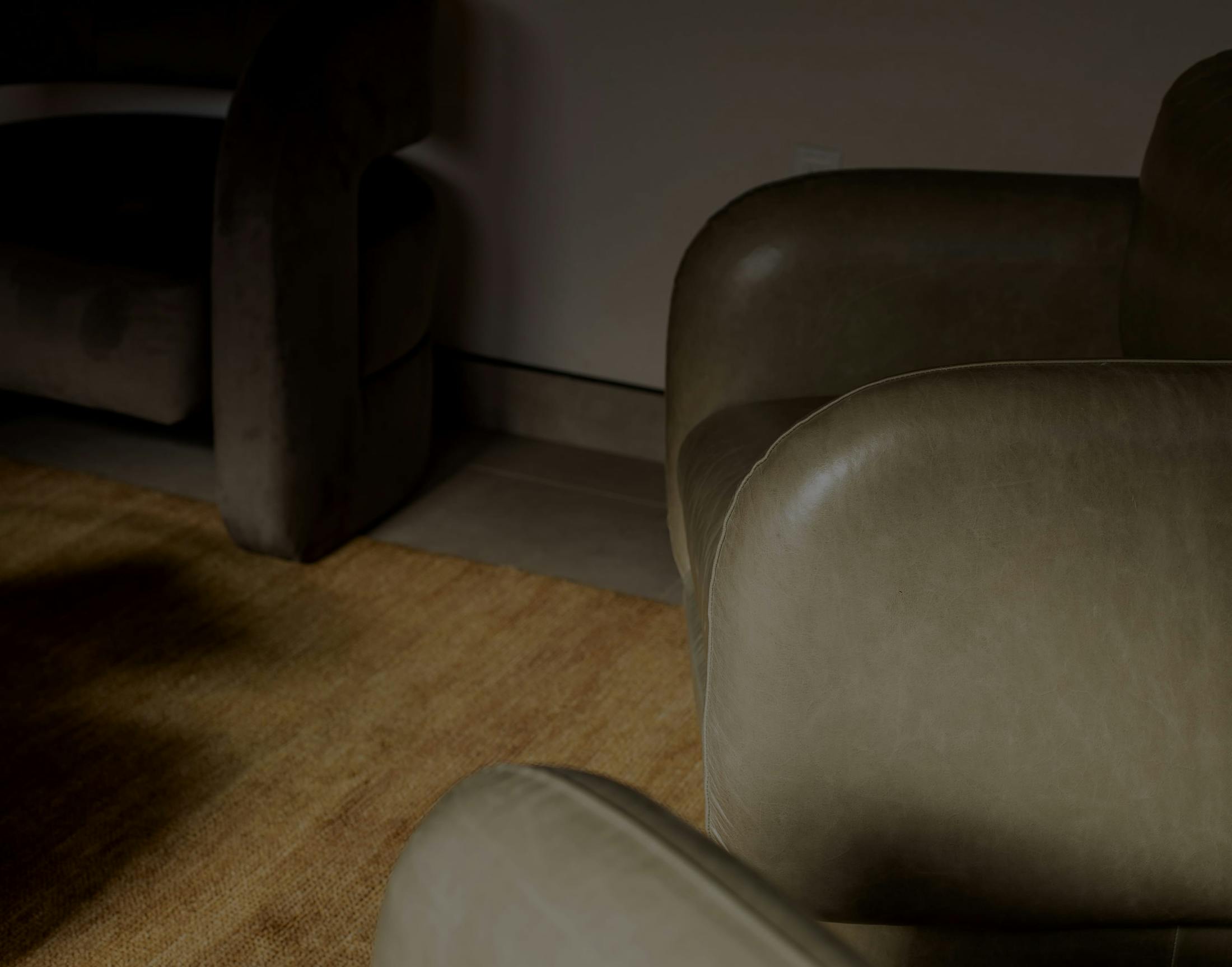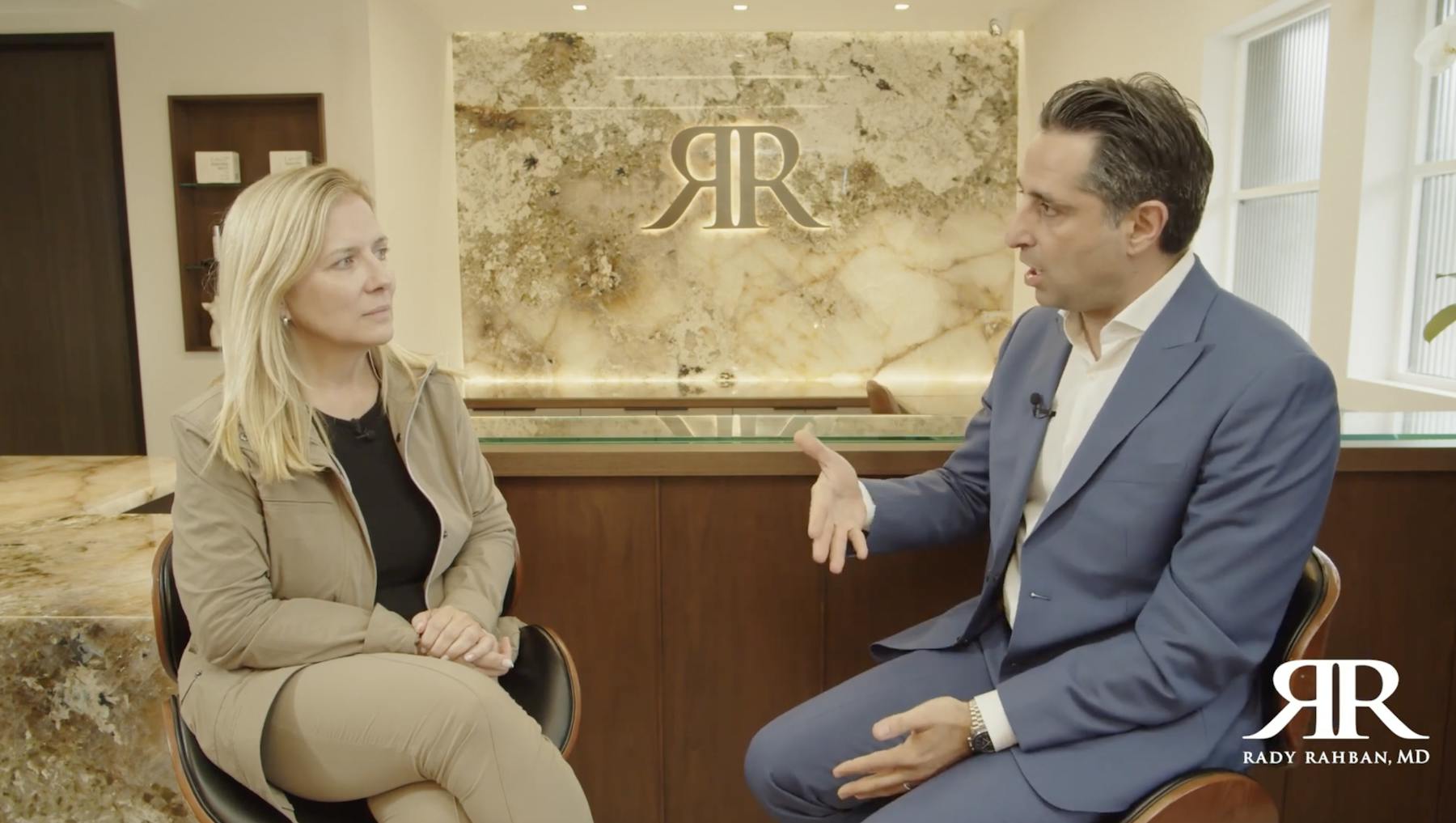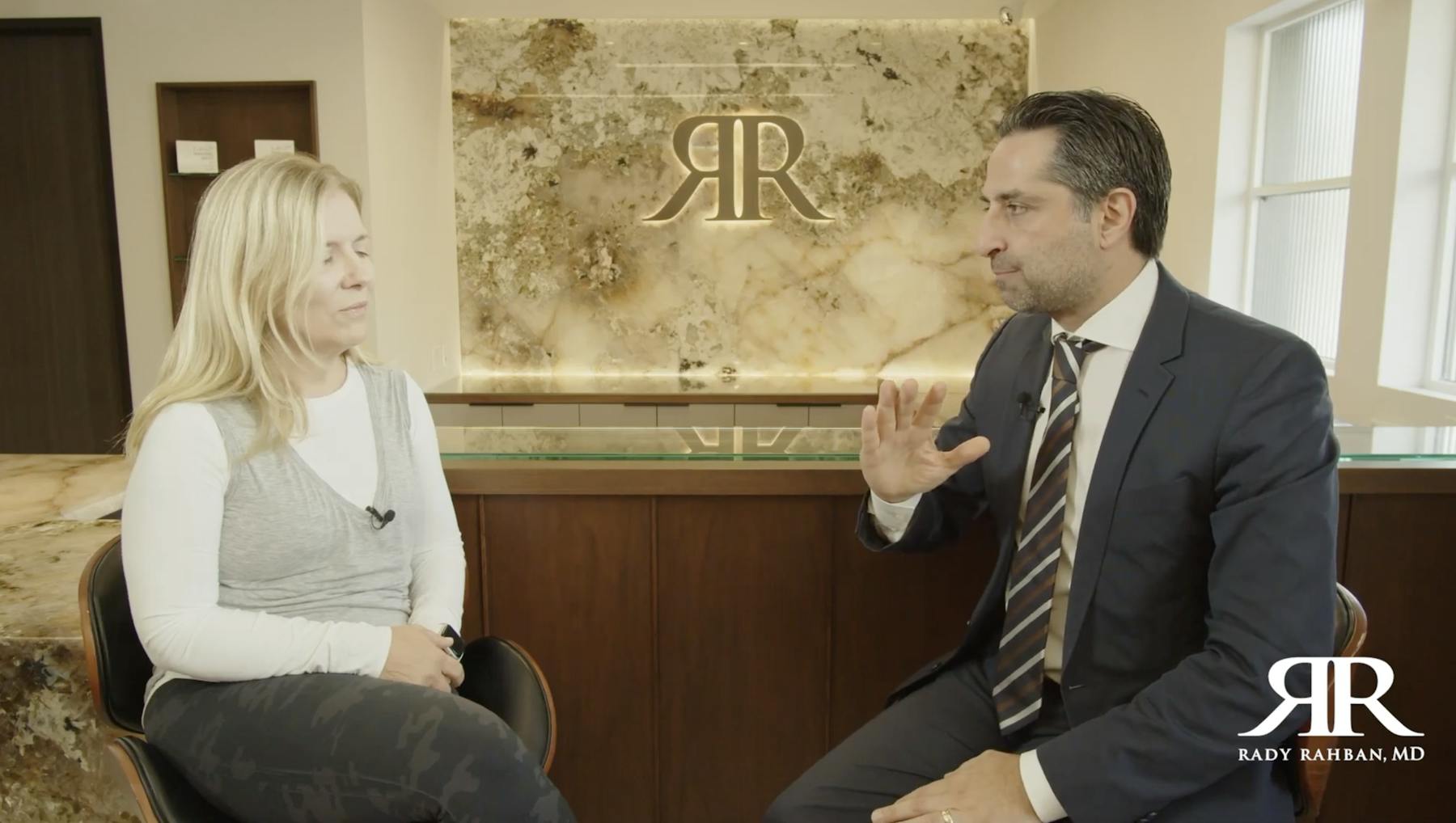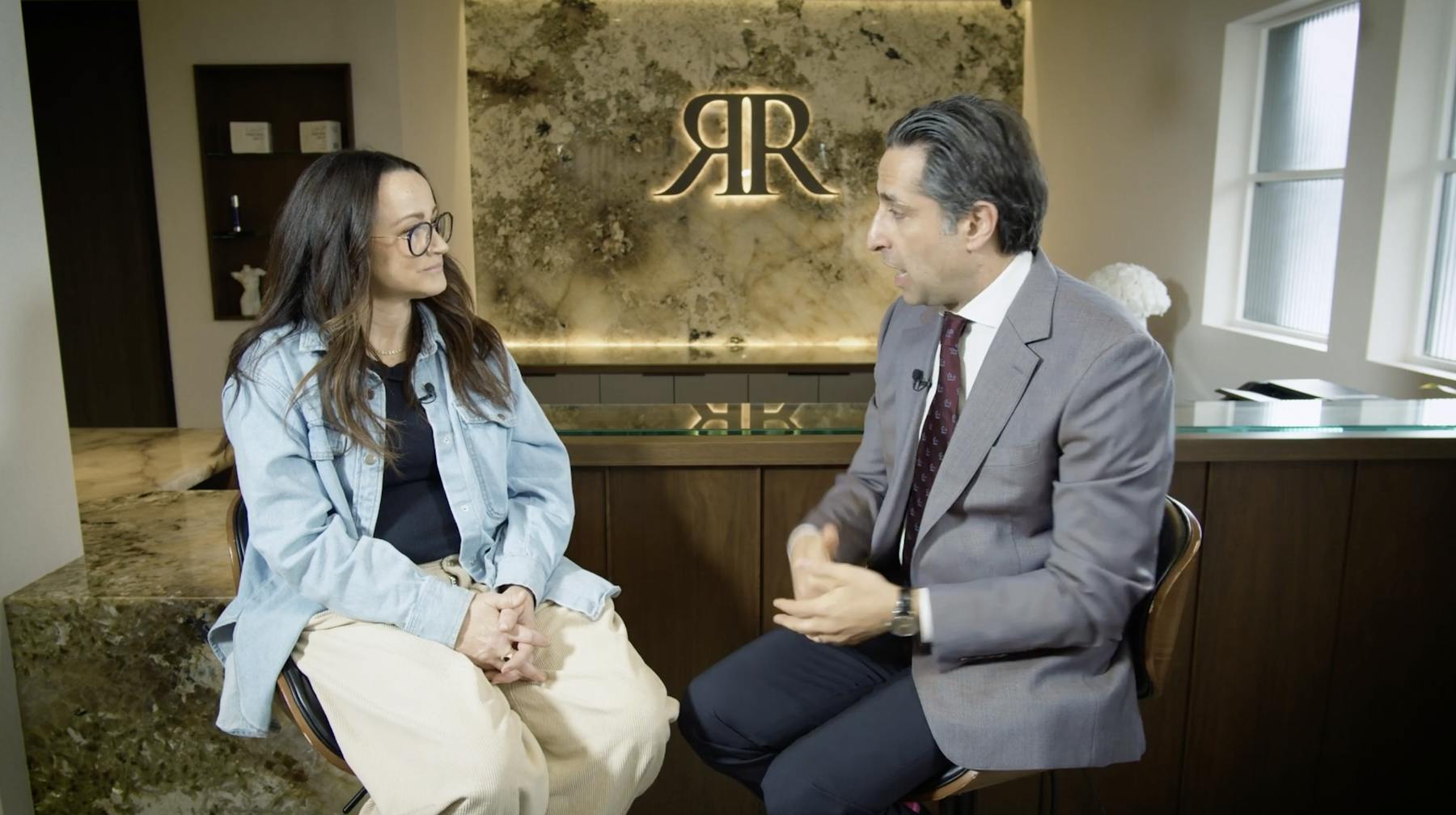Breast implants are safe, FDA-approved medical devices with a long track record of success. However, they are not intended to last a lifetime; at some point, they may need to be removed or replaced, whether for personal, aesthetic, or medical reasons. When that time comes, few plastic surgeons are more trusted than Dr. Rady Rahban.
What is Breast Implant Removal?
Breast implant removal—also known as explant surgery—is a procedure designed to carefully and safely remove existing breast implants. Explant surgery offers the opportunity to restore your breasts to a shape that feels authentically you. Depending on your preferences, the procedure may include reshaping the breasts through fat grafting, lifting, or replacing the implants with a different size or style. For those seeking breast implant removal in Beverly Hills, Dr. Rahban offers expert, personalized care to ensure the most natural and satisfying outcome.















